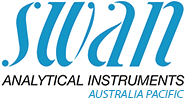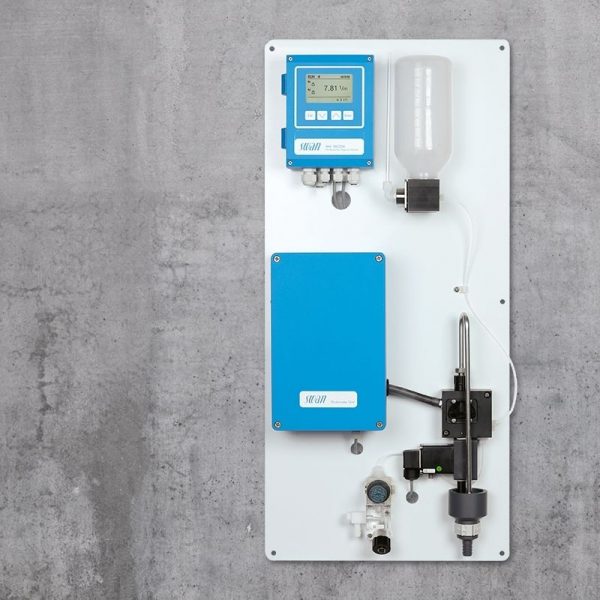What is UV Absorption?
UV absorption refers to the process whereby molecules absorb ultraviolet (UV) light, leading to the excitation of electrons to higher energy states. This phenomenon is foundational to UV-visible spectroscopy, an analytical technique used to measure the extent of UV light absorption by various substances. By analysing how much UV light a sample absorbs, scientists can deduce the concentration and characteristics of molecules present in the sample. This method is based on the Beer-Lambert law, which relates the absorption of light to the properties of the material through which the light is travelling.
In the context of water treatment, UV absorption plays a crucial role in both monitoring and treating water. For monitoring purposes, UV absorption can indicate the presence of organic compounds and other contaminants in water by measuring the specific wavelengths of light absorbed by these substances. This is particularly important for assessing water quality and ensuring compliance with environmental standards.
Monitoring UV Absorption in Water
Monitoring UV absorption in water is a crucial technique for assessing water quality, particularly in the context of detecting organic contaminants. This method involves measuring the absorbance of ultraviolet (UV) light by water samples at specific wavelengths, notably around 254 nm, where many organic compounds exhibit strong absorption. The principle behind this approach is that certain contaminants, including various organic molecules, will absorb UV light, leading to a measurable decrease in the intensity of light passing through the sample. By quantifying this absorbance, it’s possible to infer the concentration of organic pollutants present in the water.
The advantage of using UV absorption for water quality monitoring lies in its ability to provide near-real-time data on the organic load of water systems. This rapid detection capability is essential for drinking water treatment facilities and wastewater management, as it allows for immediate identification of contamination events and swift corrective action. Moreover, this technique does not rely on chemical reagents, making it an environmentally friendly and cost-effective option for routine monitoring. The sensitivity of UV absorption measurements to a wide range of organic compounds makes it a versatile tool for ensuring the safety and compliance of water supplies with regulatory standards. As such, the adoption of UV absorption methods represents a proactive approach to managing water quality and protecting public health.
Online UV Absorption Analyser

